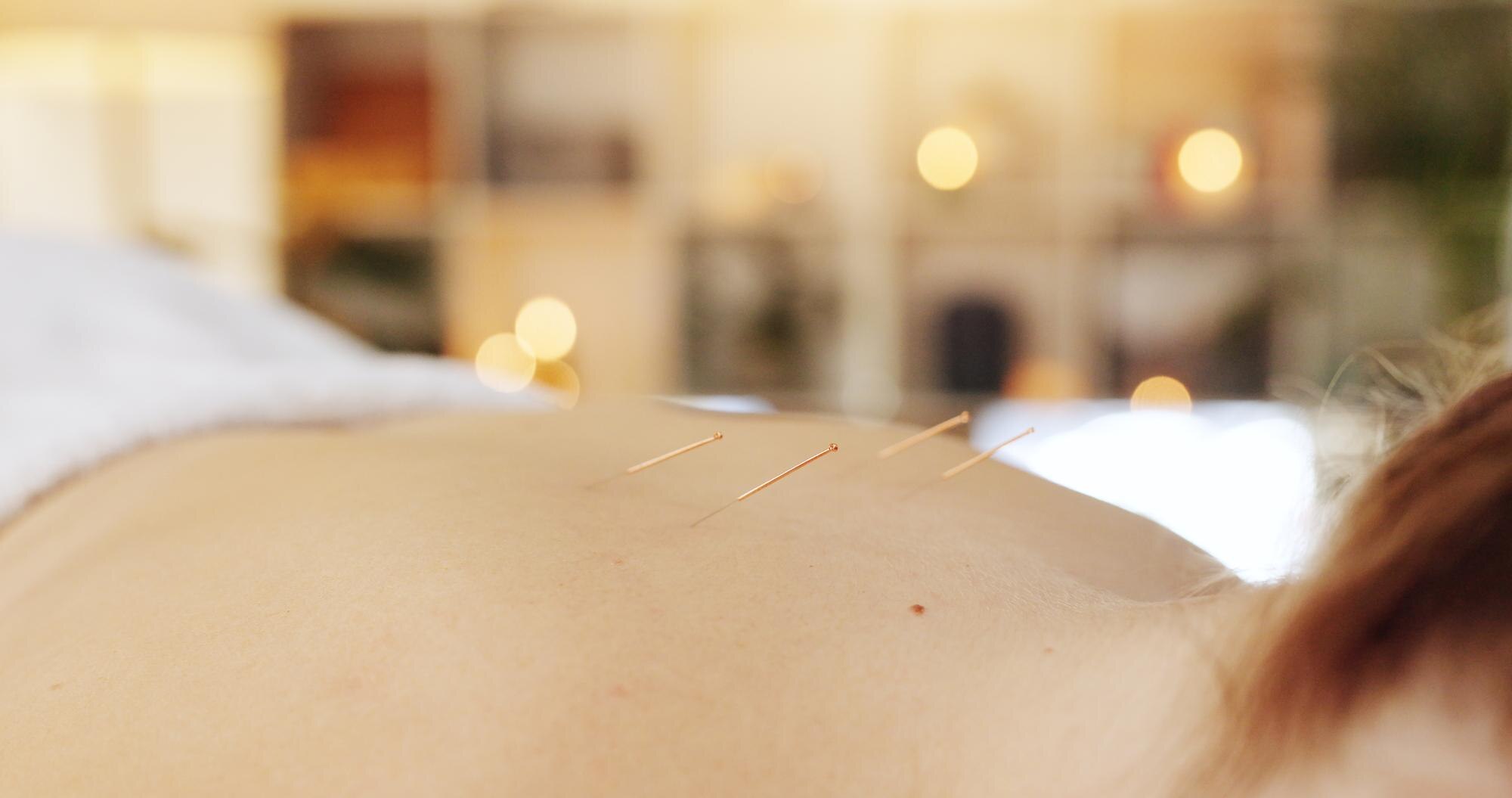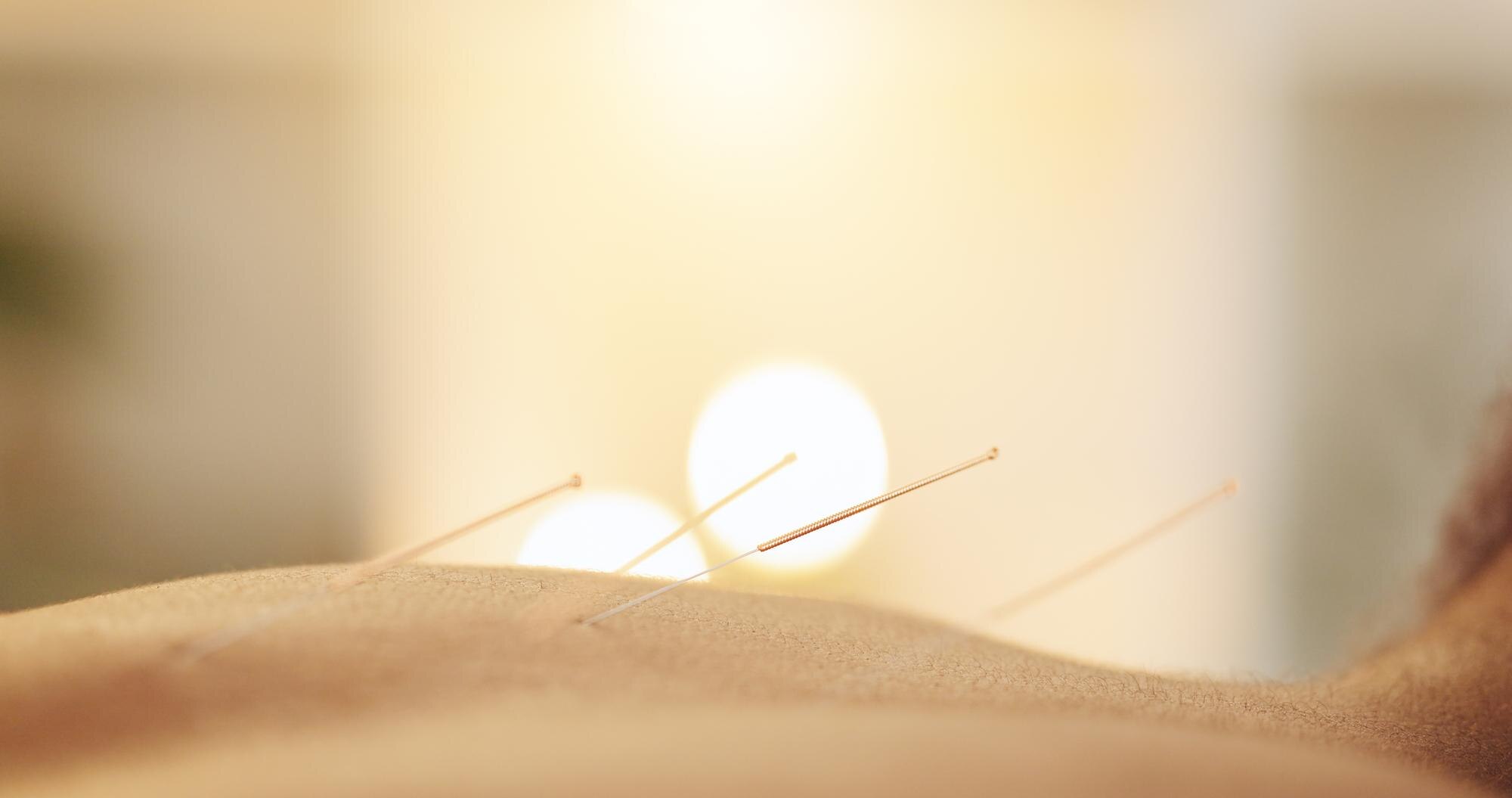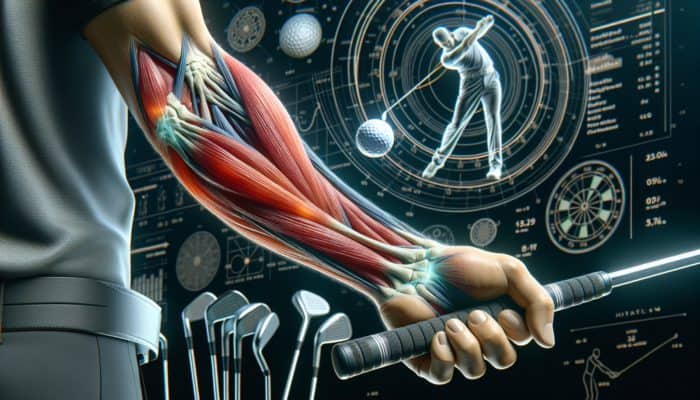Exploring the Vital Role of Acupuncture in the UK Healthcare System
Understanding Acupuncture: A Time-Honored Healing Technique

Acupuncture is a time-honored and esteemed method that originates from traditional Chinese medicine, characterized by the precise insertion of fine needles into designated areas of the body known as acupuncture points. This revered practice aims to alleviate pain, enhance overall health, and restore equilibrium within the body’s systems. In recent years, acupuncture has gained considerable momentum within the UK healthcare system, increasingly recognized as a complementary approach to conventional medical treatments. Many individuals seek acupuncture therapy to alleviate chronic conditions, particularly postoperative pain, which can be intense and difficult to manage through traditional methods alone. By employing a holistic approach, acupuncture not only addresses physical symptoms but also considers emotional factors in recovery, which are critical for effective healing.
As healthcare professionals in the UK begin to recognize the extensive benefits of acupuncture, its integration into various treatment protocols, particularly in pain management, is becoming increasingly prevalent. This shift signifies a growing acceptance of alternative therapies within the established healthcare framework, underscoring the importance of patient-centered care in contemporary medical practice. Consequently, acupuncture is emerging as a vital aspect of postoperative care, providing patients with a non-pharmacological method to aid their healing process. The rising utilization of acupuncture in the UK highlights its effectiveness and the expanding body of research supporting its role in alleviating postoperative pain.
Charting the Historical Development of Acupuncture in the UK
Acupuncture boasts a rich and extensive history within the UK, with origins tracing back over 200 years. This practice was initially introduced to Britain by Chinese immigrants, who brought their rich cultural heritage and sparked interest in traditional Chinese medicine. By the mid-20th century, acupuncture began gaining recognition within the British medical community as practitioners explored its therapeutic advantages more deeply. The 1970s marked a transformative period when acupuncture received formal acknowledgment in the UK, leading to a surge in research and acceptance among healthcare professionals.
As acupuncture continued to evolve, it attracted attention from both patients and practitioners seeking alternative remedies for various conditions, including postoperative pain. The accumulating evidence from clinical studies and patient testimonials has solidified acupuncture’s reputation in modern healthcare, demonstrating its efficacy in pain relief and enhancing overall recovery. Today, acupuncture is not merely regarded as an adjunctive therapy; it is embraced as a fundamental component of a comprehensive healthcare approach, particularly in the context of postoperative recovery.
Understanding the Regulatory Framework Governing Acupuncture in the UK
In the UK, several authoritative organizations oversee the practice of acupuncture, ensuring that practitioners adhere to rigorous standards of care. The British Acupuncture Council (BAcC) is a leading organization committed to establishing professional guidelines and promoting safe practices among acupuncturists. They provide a robust framework for training and certification, ensuring that only qualified practitioners deliver acupuncture services. Additionally, the Health and Care Professions Council (HCPC) supervises various health professions, including acupuncture, ensuring practitioners follow ethical and professional standards.
These regulatory bodies are instrumental in fostering trust and ensuring safety within the acupuncture field. They offer guidelines for ethical conduct, ensuring that practitioners obtain informed consent and maintain clear communication with patients throughout their treatment journey. Such regulatory frameworks enhance the credibility of acupuncture within the UK healthcare system, reassuring patients that they are receiving safe and effective treatments for conditions like postoperative pain. Consequently, patients can engage in acupuncture with confidence, knowing they are being cared for by qualified professionals committed to their well-being.
Integrating Acupuncture into the UK Healthcare System for Enhanced Patient Care

The integration of acupuncture into the UK healthcare system has been a gradual yet significant evolution. Both the NHS and private healthcare sectors are progressively incorporating acupuncture into their pain management strategies, particularly for postoperative care. This transition reflects a growing awareness of acupuncture’s potential to enhance patient outcomes and expedite recovery times. Numerous NHS trusts are now including acupuncture in their pain management programs, allowing patients to benefit from this invaluable service without incurring additional costs.
As hospitals and clinics begin to offer acupuncture services, patients are increasingly receptive to this holistic approach to pain relief. Patient feedback consistently indicates high satisfaction levels, with many attributing their improved recovery experiences to the inclusion of acupuncture in their postoperative care plans. This acceptance is further bolstered by various studies demonstrating the efficacy of acupuncture in alleviating pain and discomfort following surgical procedures, establishing it as a highly regarded option for both patients and healthcare professionals. The ongoing integration of acupuncture into mainstream healthcare signifies a transition toward more comprehensive and holistic patient care in the UK.
Understanding How Acupuncture Alleviates Postoperative Pain Effectively
Investigating the Mechanisms Behind Acupuncture’s Pain Relief
Acupuncture facilitates the relief of postoperative pain through several physiological mechanisms. When needles are inserted into specific acupuncture points, they activate the nervous system, triggering the release of endogenous opioids and other natural analgesic substances within the body. This biochemical response not only alleviates pain but also fosters a sense of relaxation and well-being, both of which are crucial for effective recovery. The stimulation provided by acupuncture needles can also modulate pain signals at both the spinal cord and brain levels, effectively altering the perception of pain.
Furthermore, acupuncture is particularly effective in reducing inflammation, a common contributor to postoperative discomfort. By enhancing local blood flow and promoting tissue healing, acupuncture aids in expediting the recovery process. This dual action of pain relief and inflammation reduction makes acupuncture an appealing option for patients recovering from surgery, as it addresses both immediate discomfort and the underlying causes of pain. Within the UK healthcare framework, these mechanisms are increasingly acknowledged as vital components of comprehensive postoperative pain management strategies, ultimately enhancing overall patient outcomes.
Presenting Clinical Evidence Supporting Acupuncture’s Effectiveness in the UK

A wealth of clinical studies conducted within UK hospitals has provided compelling evidence supporting the effectiveness of acupuncture in alleviating postoperative pain. Research findings indicate that patients who receive acupuncture after surgery frequently report significantly lower pain levels compared to those who do not undergo this treatment. These outcomes highlight acupuncture’s ability to decrease reliance on traditional pain medications, which often come with adverse side effects and prolonged recovery periods.
One notable study examined patients undergoing elective surgeries, where those managed with acupuncture reported a significant reduction in pain scores and a quicker return to their baseline activities. Such outcomes have prompted healthcare professionals to consider acupuncture as a crucial adjunct to conventional pain management protocols. As the body of research continues to expand, the integration of acupuncture into postoperative care plans is increasingly regarded not only as a patient preference but also as a practice grounded in clinical evidence, ensuring that patients receive the highest standard of care tailored to their specific needs.
Exploring Patient Experiences with Acupuncture in UK Hospitals
Patient experiences concerning acupuncture for postoperative pain management in UK hospitals have been overwhelmingly positive. Many individuals report a significant reduction in pain and an enhanced sense of well-being following treatment. This anecdotal evidence complements clinical studies, providing a comprehensive view of the benefits of acupuncture in the postoperative context. Patients frequently express gratitude for the holistic nature of acupuncture, which addresses both physical discomfort and the emotional challenges associated with recovery.
In numerous instances, patients have shared testimonials detailing their experiences, emphasizing the immediate relief they felt during and after acupuncture sessions. A considerable number have noted that acupuncture not only alleviated their pain but also promoted a more relaxed state, making the recovery journey feel less overwhelming. The emotional support provided by acupuncture, often described as calming and reassuring, further enhances its appeal. Such testimonials underscore the growing acceptance of acupuncture as a legitimate and effective treatment option within the UK healthcare landscape.
Assessing the Cost-Effectiveness of Acupuncture in Postoperative Care
Acupuncture presents a cost-effective alternative for managing postoperative pain, particularly within the framework of the UK’s healthcare system, which increasingly focuses on minimizing overall healthcare expenditures. By reducing reliance on expensive pain medications, acupuncture can help lower healthcare costs while ensuring effective pain management for patients. As the NHS grapples with budget constraints and the rising costs of pharmaceuticals, incorporating acupuncture into postoperative care can alleviate some financial pressures associated with traditional pain management strategies.
Moreover, improved recovery times linked to acupuncture lead to shorter hospital stays, further contributing to cost savings. Patients who benefit from acupuncture typically experience fewer complications and a reduced incidence of side effects related to pain medications, which can also result in decreased hospitalization expenses. As healthcare providers continually seek innovative ways to optimize patient care while managing resources effectively, acupuncture emerges as a practical solution that aligns with both patient satisfaction and economic efficiency within the UK healthcare system.
Proffering Expert Insights on Acupuncture for Postoperative Pain Management
Recommendations from Healthcare Professionals for Acupuncture Treatment
Healthcare professionals in the UK are increasingly advocating for the incorporation of acupuncture into postoperative care plans, recognizing its potential to enhance recovery and improve patient outcomes. Based on clinical insights and emerging evidence, experts recommend the following key strategies for healthcare providers considering acupuncture for managing postoperative pain:
- Conduct thorough assessments of patients to determine their suitability for acupuncture.
- Integrate acupuncture as part of multidisciplinary pain management strategies.
- Educate patients about the benefits and expected outcomes of acupuncture treatment.
- Collaborate with certified acupuncturists to ensure safe practice and effective treatment plans.
- Monitor patient progress and adjust treatment protocols based on individual responses.
- Encourage open communication between patients and healthcare providers regarding their experiences with acupuncture.
- Collect and analyze patient feedback to continually improve acupuncture offerings.
- Support ongoing research to validate and refine acupuncture practices within postoperative care.
Implementing these recommendations can significantly enhance the efficacy of postoperative care and promote a more holistic approach to pain management. By fostering collaboration between medical professionals and acupuncturists, the healthcare system can offer patients more comprehensive support throughout their recovery journey, ultimately leading to better outcomes.
Identifying Best Practices for Effective Acupuncture Treatment
To maximize the benefits of acupuncture for postoperative pain, practitioners in the UK should adhere to several best practices. These strategies ensure the delivery of safe and effective acupuncture treatments while fostering positive experiences for patients. Key best practices include:
- Conduct thorough patient assessments prior to initiating treatment.
- Obtain informed consent, clearly explaining the procedure and its potential benefits.
- Utilize sterile, single-use needles to maintain safety and hygiene standards.
- Personalize treatment plans based on individual patient needs and pain profiles.
- Implement ongoing evaluation and monitoring to assess the effectiveness of treatment.
- Incorporate patient feedback to refine techniques and approaches.
- Stay updated with the latest research and advancements in acupuncture practices.
- Engage in professional development opportunities to enhance skills and knowledge.
By adhering to these best practices, acupuncturists can ensure that their treatments are both safe and effective, resulting in improved patient outcomes and increased satisfaction. A commitment to continuous improvement and adherence to high care standards reinforces the credibility of acupuncture as a legitimate treatment modality within the UK healthcare system.
Highlighting Case Studies from UK Hospitals Showcasing Acupuncture’s Impact
Numerous case studies from UK hospitals underscore the effectiveness of acupuncture in alleviating postoperative pain and enhancing patient outcomes. In one prominent case, a group of patients undergoing knee replacement surgery received acupuncture as part of their postoperative care. Results indicated that participants receiving acupuncture reported a significant decrease in pain levels compared to the control group. This cohort not only experienced less intense pain but also required fewer pain medications, resulting in a smoother and faster recovery.
Another case study focused on patients recovering from abdominal surgery. In this scenario, acupuncture was implemented to alleviate complications associated with postoperative pain management. Outcomes demonstrated a marked improvement in pain levels and overall recovery, with patients expressing high satisfaction with their treatment. Such case studies validate acupuncture’s role as a valuable addition to postoperative care in UK hospitals, showcasing its effectiveness in enhancing patient outcomes and promoting comprehensive recovery approaches.
Gathering Patient Feedback on Acupuncture Post-Surgery
Patient testimonials regarding acupuncture for postoperative pain management in UK healthcare settings reveal numerous positive experiences. Many patients have shared personal stories illustrating how acupuncture alleviated their pain and anxiety after surgery. These narratives often highlight the immediate relief felt during acupuncture sessions, with patients describing the treatment as calming and reassuring.
For instance, one patient who underwent hip surgery remarked that acupuncture not only diminished his pain levels but also enhanced his overall well-being, allowing him to engage more fully in his rehabilitation efforts. Another patient recovering from a mastectomy reported significant relief from discomfort following acupuncture sessions, contributing to a more positive recovery experience. These testimonials serve to illustrate the profound impact of acupuncture on patients’ postoperative journeys, reinforcing its value as a complementary treatment option within the UK healthcare system.
Analyzing Research Findings on Acupuncture’s Role in Pain Management
Recent studies conducted by UK institutions have provided valuable insights into the effectiveness of acupuncture in managing postoperative pain. Research consistently demonstrates that acupuncture can lead to significant reductions in pain levels, enabling patients to depend less on traditional pain medications. For example, a study conducted at a major London hospital found that patients receiving acupuncture as part of their recovery plan experienced notable improvements in pain management and overall satisfaction.
Additionally, the research highlighted that acupuncture could help alleviate some side effects associated with conventional pain treatments, such as nausea and fatigue. Consequently, patients reported not only lower pain levels but also a more comfortable recovery experience. These findings underscore the growing recognition of acupuncture as a viable option within the broader context of pain management in UK healthcare, encouraging its further integration into standard postoperative care protocols.
Recognizing the Advantages of Acupuncture in Postoperative Pain Management
Significantly Reducing Medication Dependency with Acupuncture
One of the most compelling advantages of acupuncture for postoperative pain management is its capability to significantly diminish the need for medication. After surgery, patients often find themselves reliant on opioids and other pain relief medications, which can lead to various adverse side effects, including nausea, constipation, and dependency. By incorporating acupuncture into postoperative care, patients can achieve substantial pain relief without the associated risks tied to pharmaceutical treatments.
In the UK, where there are growing concerns surrounding opioid prescriptions and the risk of addiction, acupuncture serves as a valuable alternative. By effectively managing pain through non-pharmacological means, acupuncture mitigates the risks associated with medication while enhancing the overall recovery experience. This approach aligns with the NHS’s commitment to promoting safer prescribing practices and optimizing patient care, making acupuncture an increasingly relevant option for individuals recovering from surgery.
Understanding the Timeline for Acupuncture’s Effects
The effects of acupuncture for postoperative pain can often be felt immediately after treatment, with many patients reporting a noticeable reduction in pain levels right after their session. However, the comprehensive benefits of acupuncture typically manifest over several treatments. Many patients in the UK find that within just a few sessions, they experience significant improvements in pain management, allowing them to engage more actively in their recovery process.
This rapid response is particularly beneficial in the context of UK healthcare, where timely recovery is paramount. Patients seeking quicker pain relief and a smoother transition back to their daily routines often appreciate the immediate and cumulative benefits of acupuncture. By effectively addressing pain promptly, acupuncture not only enhances patient satisfaction but also contributes to more efficient recovery times, making it a compelling addition to postoperative care protocols.
Facilitating Quicker Recovery Times for Patients
Patients in the UK who receive acupuncture as part of their postoperative care frequently report shorter recovery times and an expedited return to their regular activities. By effectively managing pain and addressing discomfort, acupuncture empowers patients to engage more fully in their rehabilitation, leading to quicker recoveries. Research indicates that patients undergoing acupuncture often resume their daily routines sooner than those who rely solely on traditional pain management methods.
The holistic nature of acupuncture supports not only physical healing but also promotes emotional well-being, both of which are crucial for recovery. Patients who experience reduced pain and anxiety are more likely to participate in physical activities that contribute to their healing, such as mobilizing and exercising. This interconnected approach to recovery underscores the importance of incorporating acupuncture into standard postoperative care, as it not only accelerates recovery but also enhances patients’ overall quality of life during the healing process.
Boosting Patient Satisfaction Rates with Acupuncture
Acupuncture is increasingly recognized as a valuable option for postoperative pain management in the UK, often resulting in higher patient satisfaction rates. Patients appreciate the holistic approach that acupuncture offers, addressing both physical pain and the emotional distress associated with surgery. Feedback from patients indicates that many find acupuncture sessions to be calming and supportive, significantly enhancing their overall recovery experience.
Moreover, the reduced reliance on medication contributes to a more favorable perception of the recovery process. Patients frequently express appreciation for the opportunity to explore non-pharmacological options for pain management, aligning with their preferences for comprehensive and tailored care. As the healthcare system increasingly emphasizes patient-centered approaches, acupuncture stands out as a valuable tool for improving patient satisfaction and fostering holistic recovery practices.
Strategic Considerations for Implementing Acupuncture in Postoperative Pain Management
Identifying Effective Acupuncture Points for Pain Relief
Certain acupuncture points are recognized as particularly effective for alleviating postoperative pain, especially in the UK context. Points such as LI4 (Hegu) and SP6 (Sanyinjiao) are frequently utilized due to their ability to target specific pain pathways and promote overall healing. Practitioners often find that stimulating these points can lead to significant pain relief for patients recovering from various surgical procedures.
To effectively identify these acupuncture points, practitioners should follow these actionable steps:
- Conduct a thorough assessment of the patient’s condition and pain profile.
- Locate LI4, positioned between the thumb and index finger, known for its analgesic effects.
- Identify SP6, situated just above the ankle, effective for promoting relaxation and pain relief.
- Incorporate additional points based on individual patient requirements, such as PC6 (Neiguan) for alleviating nausea.
- Utilize a combination of points to create a tailored treatment plan for each patient.
- Monitor patient responses to determine the most effective points for subsequent sessions.
- Educate patients about the selected points and their benefits to enhance their engagement in the process.
- Encourage feedback from patients to refine treatment approaches and point selections.
By focusing on these effective acupuncture points, practitioners can optimize treatment outcomes and improve the overall recovery experience for patients.
Strategies for Integrating Acupuncture into Postoperative Care Plans
Integrating acupuncture into postoperative care plans requires a collaborative approach between healthcare providers and acupuncturists. In the UK, this integration can be achieved through several strategic recommendations. Firstly, healthcare professionals should recognize the value of acupuncture and advocate for its inclusion in pain management protocols. This could involve making direct referrals to qualified acupuncturists or incorporating acupuncture into existing multidisciplinary pain management teams.
Another critical aspect is educating patients about the benefits of acupuncture and its role in postoperative recovery. By providing patients with information on how acupuncture can alleviate pain and enhance well-being, healthcare providers can foster greater acceptance and interest in this treatment modality. Regular communication between acupuncturists and surgical teams is also essential to ensure that treatment plans are coordinated and adjustments can be made based on patient progress.
Lastly, ongoing assessment and evaluation of acupuncture’s effectiveness in individual cases can help refine integration strategies and demonstrate the value of acupuncture in enhancing patient recovery. By committing to collaboration and education, acupuncture can seamlessly become an integral component of comprehensive postoperative care in the UK.
Training and Certification Requirements for Acupuncture Practitioners in the UK
In the UK, acupuncturists must undergo comprehensive training and certification to ensure they possess the necessary skills to safely and effectively address postoperative pain. This training typically combines traditional acupuncture education with contemporary medical knowledge, equipping practitioners with a thorough understanding of anatomy, physiology, and pain management strategies. The BAcC and other regulatory bodies provide guidelines and standards for training, ensuring that practitioners possess the requisite expertise to deliver high-quality care.
Continuing professional development is also crucial for acupuncturists in the UK, allowing them to stay updated with the latest research and advancements in acupuncture practices. This ongoing education enhances practitioners’ abilities to adapt their techniques and approaches to meet the evolving needs of patients. By prioritizing training and certification, the acupuncture profession in the UK reinforces its commitment to safety and efficacy, ensuring that patients receive the highest standard of care for postoperative pain management.
Accessing Acupuncture Services in the UK: A Comprehensive Guide
Exploring Options for Acupuncture Through NHS and Private Healthcare
Acupuncture is accessible through both the NHS and private healthcare sectors in the UK, offering patients various options for managing postoperative pain. While the availability of acupuncture services may vary across regions, many NHS trusts are increasingly incorporating acupuncture into their pain management programs. This integration reflects a growing acknowledgment of acupuncture’s benefits, allowing patients to receive this treatment without incurring additional costs.
In the private sector, a wide range of acupuncture services is available, providing patients with greater flexibility regarding scheduling and treatment options. Many private practitioners specialize in acupuncture for pain management, ensuring that patients receive customized treatment plans tailored to their specific needs. This dual availability of acupuncture services in both NHS and private settings enhances accessibility for patients, facilitating a more holistic approach to postoperative care.
Pathways for Patients to Access Acupuncture Services in the UK
Patients in the UK can access acupuncture services through multiple pathways, depending on their individual circumstances and preferences. One common method is obtaining a referral from their GP, who may recommend acupuncture as part of a comprehensive pain management strategy. Some NHS trusts have initiated offering acupuncture directly within their pain management programs, enabling patients to access treatment as part of their postoperative care.
Additionally, patients can seek acupuncture services directly from private practitioners. Many acupuncturists promote their services online, facilitating patients in finding qualified professionals in their vicinity. In this scenario, patients should verify the practitioner’s credentials and ensure they are registered with relevant regulatory bodies, such as the BAcC. By exploring these options, patients can easily access acupuncture services, embracing this effective approach for managing postoperative pain.
Assessing Regional Variations in Access to Acupuncture Services
The availability of acupuncture services for postoperative pain management varies significantly across different regions of the UK. Urban areas generally offer more extensive acupuncture services, with a plethora of practitioners and clinics available to cater to patient needs. Conversely, rural regions may experience limited access to acupuncture, often necessitating patients to seek treatment in larger towns or cities.
As the demand for acupuncture grows, there is an increasing push for equitable access to these services, regardless of geographical location. Some NHS trusts in remote areas are beginning to integrate acupuncture into their pain management programs, acknowledging its value in enhancing patient care. However, disparities still exist, and patients residing in less populated areas may encounter challenges in locating qualified acupuncturists. Efforts are underway to address these regional variations and ensure that all patients have access to effective and holistic pain management options.
Frequently Asked Questions About Acupuncture
What is acupuncture?
Acupuncture is a traditional Chinese medicine technique that involves the insertion of thin needles into specific points on the body to relieve pain and improve health. It is increasingly recognized as a complementary treatment within the UK healthcare system.
How does acupuncture help with postoperative pain?
Acupuncture alleviates postoperative pain by stimulating the nervous system, releasing natural pain-relieving chemicals like endorphins, and reducing inflammation. This holistic approach addresses both physical pain and emotional distress during recovery.
Are there clinical studies that support the effectiveness of acupuncture?
Yes, numerous clinical studies conducted in the UK have demonstrated that acupuncture can significantly reduce postoperative pain levels, leading to lower medication requirements and enhanced recovery experiences for patients.
What do patients think of acupuncture in UK hospitals?
Patient testimonials reveal high satisfaction rates with acupuncture for postoperative pain management, often citing reduced pain levels and an improved sense of well-being following treatment.
Is acupuncture cost-effective for postoperative care?
Acupuncture can be a cost-effective option for managing postoperative pain, as it reduces reliance on expensive pain medications and shortens hospital stays, ultimately benefiting both patients and the healthcare system.
What are experts recommending for acupuncture treatment?
Experts recommend including acupuncture in postoperative care plans, conducting thorough assessments, and collaborating with qualified practitioners to optimize pain management strategies for patients.
How long does it take for acupuncture to work?
Many patients experience immediate relief from acupuncture treatment, with full benefits typically seen within a few sessions. This rapid response is highly valued in UK healthcare settings, particularly in postoperative care.
What are the most effective acupuncture points for pain relief?
Key acupuncture points for postoperative pain relief include LI4 (Hegu) and SP6 (Sanyinjiao), which are commonly used to target specific pain pathways and promote overall healing in patients.
How can patients access acupuncture services?
Patients can access acupuncture services through referrals from their GPs, directly from private practitioners, or through NHS trusts that offer acupuncture as part of their pain management programs.
Is there a difference in the availability of acupuncture across the UK?
Yes, the availability of acupuncture services for postoperative pain management varies across regions, with urban areas typically providing more comprehensive options compared to rural locations, where access may be limited.
Connect with us on Facebook!
The Article: Acupuncture for Postoperative Pain: UK Relief Strategies appeared first on https://mcrtherapies.co.uk
The Article Acupuncture for Postoperative Pain Relief in the UK Was Found On https://limitsofstrategy.com























